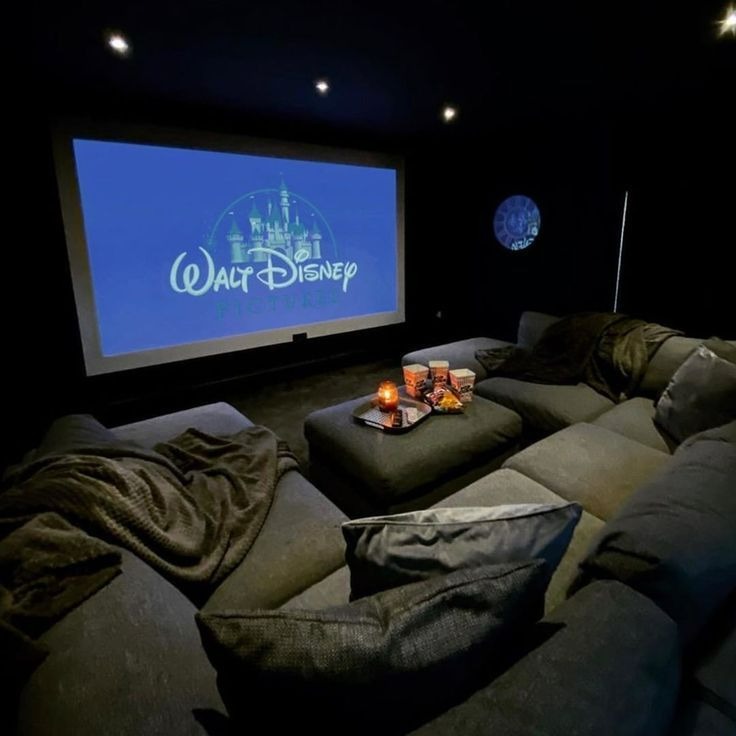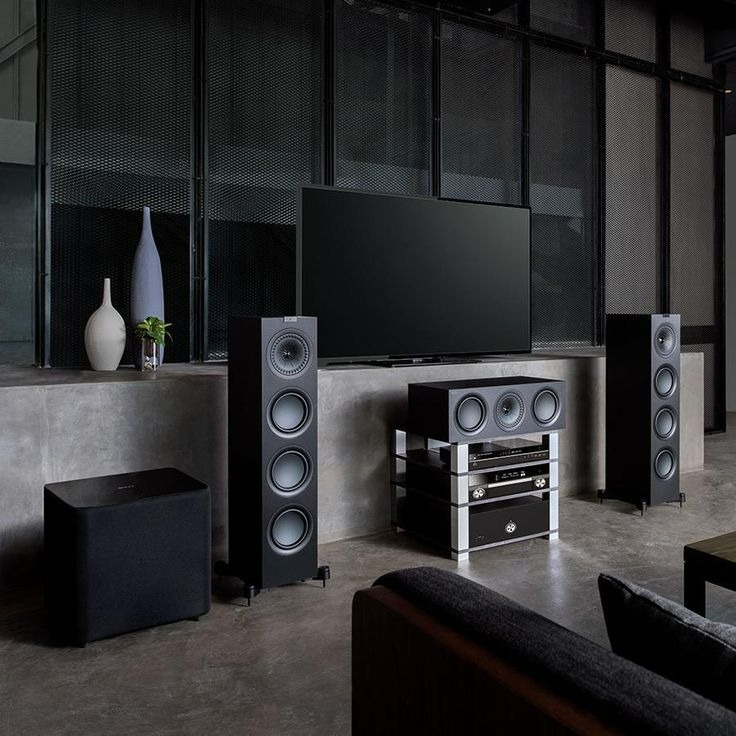Introduction to Smartphone and Projector Connectivity
The digital era transforms how we share and view content, making device connectivity essential. Today, linking smartphones to projectors is a popular practice, serving various purposes across personal and professional settings. This connectivity allows users to display their phone’s screen content directly onto larger screens provided by projectors, enhancing viewer experience for presentations, movies, training sessions, or even casual social gatherings. Smartphones and projectors can connect through wired and wireless methods, each coming with its distinct advantages and required setups. Understanding how to connect phone to projector can help in choosing the most suitable method for your needs. In this blog section, we’ll delve into both connectivity types, covering traditional wired connections and modern wireless solutions like Wi-Fi Direct, Chromecast, Miracast, and AirPlay.
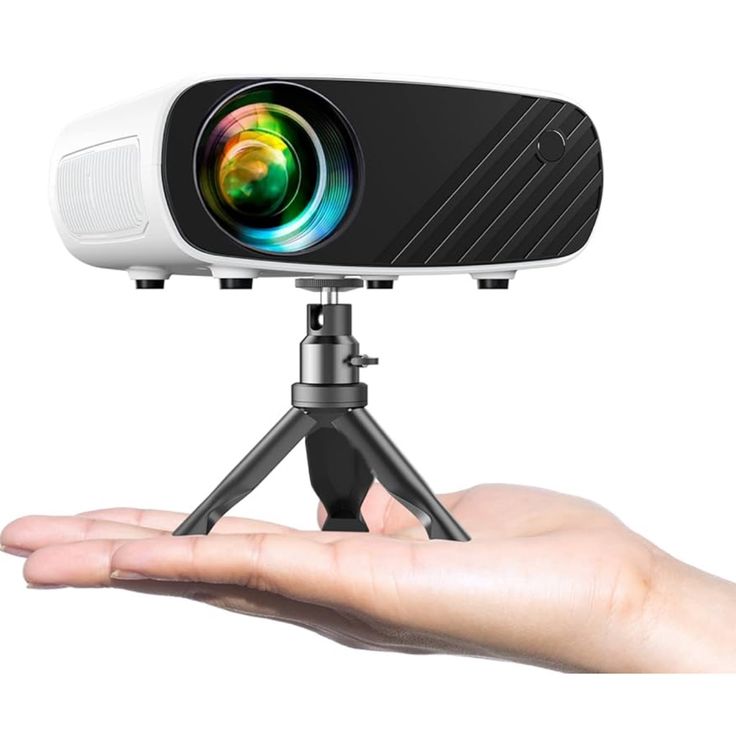
Wired Connection Methods
For those who prefer a dependable and stable connection, wired methods are the go-to option for linking smartphones to projectors. These methods typically offer higher video quality and a more reliable connection than wireless options.
Connecting via HDMI Cable and Adapter
Most projectors come with an HDMI port, making the HDMI cable a common method for connecting phones. You’ll need an HDMI adapter that’s compatible with your smartphone. This adapter connects to your phone’s charging port. Then, plug the HDMI cable into both the adapter and projector. Switch the projector to the HDMI input, and your phone’s display should appear on the large screen.
The MHL and USB-C Alternatives
If HDMI is not an option, MHL (Mobile High-Definition Link) and USB-C connections provide alternatives. For Android devices with MHL support, use an MHL to HDMI adapter. Connect this adapter to your phone and projector, just like the HDMI method. Newer phones often use USB-C, which can carry video signals. Find a compatible USB-C to HDMI adapter to make this connection. Remember, the specific method depends on both your phone’s and projector’s available ports and compatibility.
Wireless Connection Options
Wireless connectivity offers flexibility and convenience for smartphone-to-projector connections. Different technologies provide versatile options depending on your device and preferences.
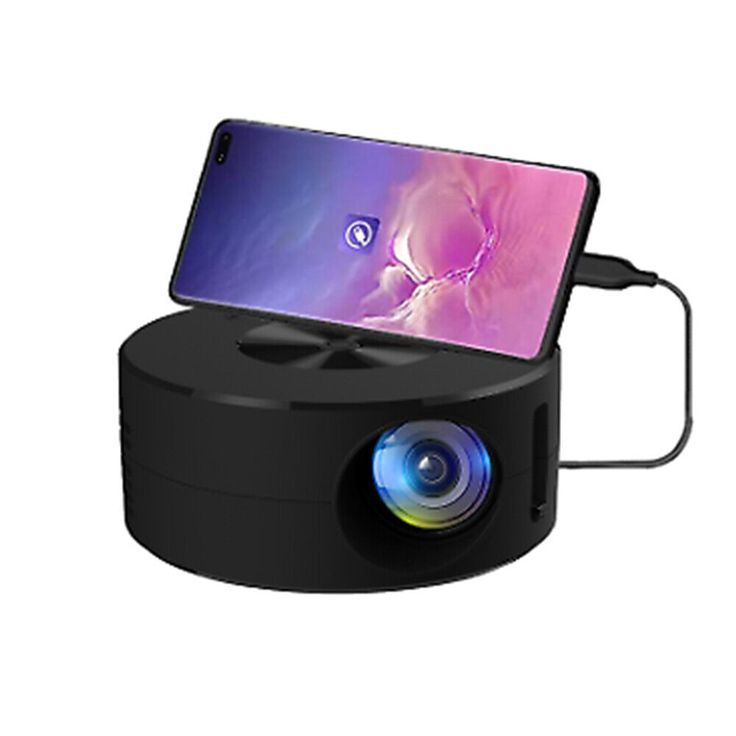
Utilizing Wi-Fi Direct Technology
Wi-Fi Direct allows direct device-to-device communication without needing a Wi-Fi network. Activate Wi-Fi Direct on both your projector and smartphone. Then, connect directly through your phone’s Wi-Fi settings. This connection is quick and doesn’t rely on a network connection.
Making Use of Chromecast for Streaming
Chromecast enables simplified content streaming from your phone to the projector. Connect your Chromecast to the projector’s HDMI port. Ensure both devices are on the same Wi-Fi network. Use apps like YouTube or Netflix to tap the Cast icon and begin streaming.
Screen Mirroring with Miracast
Miracast offers a direct wireless method to mirror your phone’s display to the projector. Enable Miracast or Wireless Display on your projector. Find the projector on your Android phone’s Cast setting and connect to mirror your screen.
Employing AirPlay for Apple Devices
For Apple users, AirPlay provides a seamless way to connect to compatible projectors. Connect your device and the projector to the same Wi-Fi network. Access the Control Center on your iPhone, tap on Screen Mirroring, and choose the projector from the list.
Step-by-Step Connection Guide
Navigating the process of connecting your smartphone to a projector can be made straightforward with a step-by-step guide. Find the right method for your device and follow these instructions to achieve a seamless link between your phone and projector.
For Android Devices using USB and HDMI
For Android users looking to connect via USB or HDMI, these steps will guide you through:
- Check your phone for USB-C or HDMI support.
- Get the proper adapter for your phone’s port.
- Connect the adapter to your phone and the HDMI cable to the adapter.
- Plug the other end of the HDMI cable into the projector.
- Switch the projector to HDMI mode.
- The phone’s screen should now appear on the projector.
Ensure your phone is compatible with direct HDMI or USB video output for these methods to work.
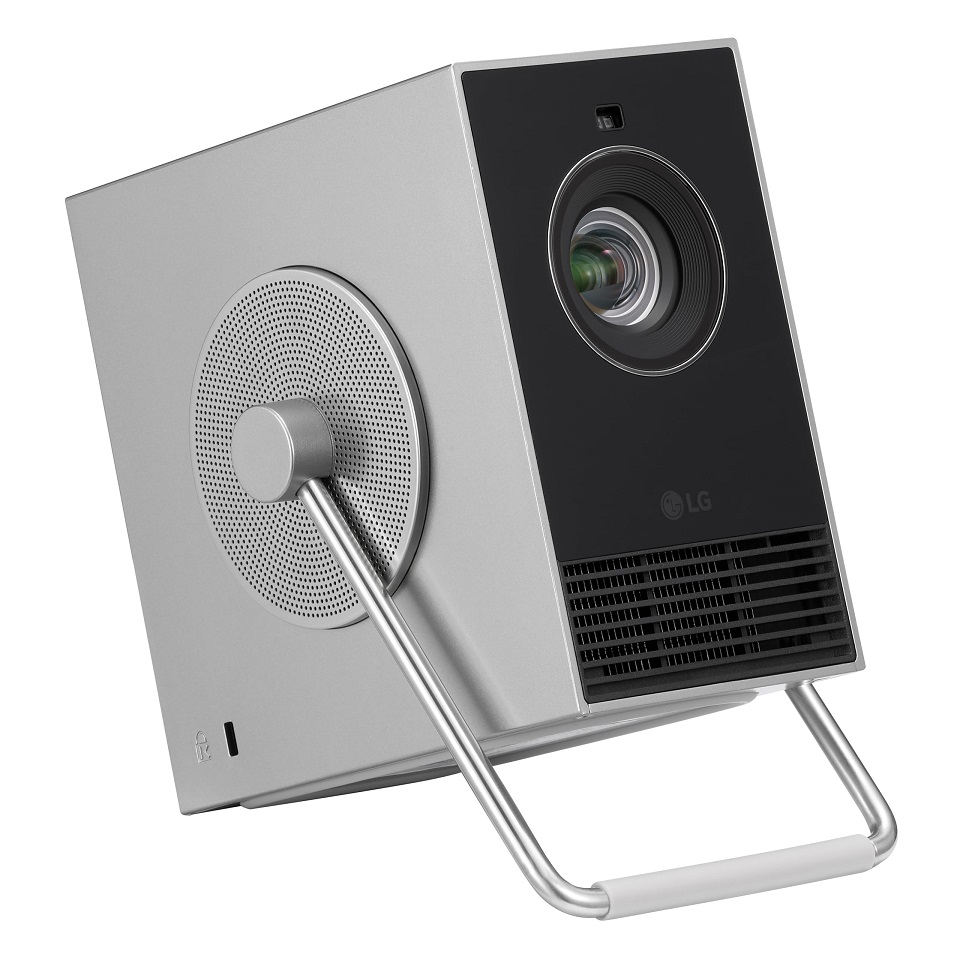
For iPhones with Lightning and AirPlay
iPhone users can utilize either Lightning connectivity or AirPlay for connection. Here’s how:
- For a wired connection, get a Lightning to HDMI adapter.
- Connect the adapter to your iPhone.
- Use an HDMI cable to link the adapter to the projector.
- Select the HDMI input on your projector.
Alternatively, for a wireless AirPlay connection:
- Ensure both the iPhone and projector are on the same Wi-Fi network.
- On your iPhone, go to the Control Center.
- Tap on ‘Screen Mirroring’.
- Choose your projector from the list that appears.
The connectivity will allow you to share your iPhone’s display wirelessly with your projector.
Troubleshooting Common Connection Issues
When connecting your phone to a projector, you might face some technical difficulties. This section will help you troubleshoot common connection issues for a smooth experience.
Addressing Compatibility and Connection Problems
Start by checking your smartphone and projector’s compatibility. Ensure both devices support the same connection method and standards. If they don’t match up, you might need a different adapter or approach. Next, confirm that all cables and adapters are securely connected. Sometimes, merely reseating a cable can solve the problem.
If the devices are compatible and connections secure but the projector does not recognize your phone, ensure you’ve selected the correct input source on the projector. For wireless methods, both devices should be on the same Wi-Fi network. If issues persist, consult your devices’ user manuals or online support for model-specific guidance.
Solutions for Unstable Connections and Poor Quality
An unstable connection often comes down to poor signal strength or interference. Move closer to your Wi-Fi router or switch to a less congested Wi-Fi channel. If you’re using Wi-Fi Direct or Miracast and experiencing instability, minimize physical obstructions between your devices.
For issues with poor video or audio quality, check if your streaming app’s quality settings are too high for your network’s bandwidth. Reducing streaming quality can lead to a smoother experience. Also, ensure your projector’s firmware is up-to-date to support the latest streaming protocols and standards. If you’re still facing issues, restarting both the smartphone and projector can sometimes resolve the glitches.
In summary, when you encounter connection issues, verify compatibility and connection security, reduce interference, and adjust settings for optimal performance. With these tips, you should be able to enjoy a stable and high-quality projection from your smartphone.
Conclusion and Additional Tips
Now that we’ve explored how to connect your phone to a projector, let’s wrap things up with some final thoughts and additional tips.
Keep Your Software Updated: Ensuring that your smartphone and projector’s firmware is up to date can prevent many connection issues.
Have Backup Cables and Adapters: It’s wise to carry extra adapters and cables, especially when you’re presenting in new environments.
Test Your Setup Beforehand: Before any important presentation or movie night, do a quick run to make sure everything connects smoothly.
Consider Battery Life: Remember, streaming to a projector can drain your phone’s battery quickly. Keep your charger handy, or use a power bank for longer viewing sessions.
Invest in Quality Adapters: Cheap cables can fail at critical moments. Spending a bit more on high-quality adapters can save you from unnecessary headaches.
Familiarize Yourself with Different Methods: Different situations may call for different connection methods. Be comfortable with both wired and wireless options.
By following these tips and keeping the connection steps in mind, you’ll be ready to know how to connect phone to projector effortlessly, regardless of the setting or occasion.
